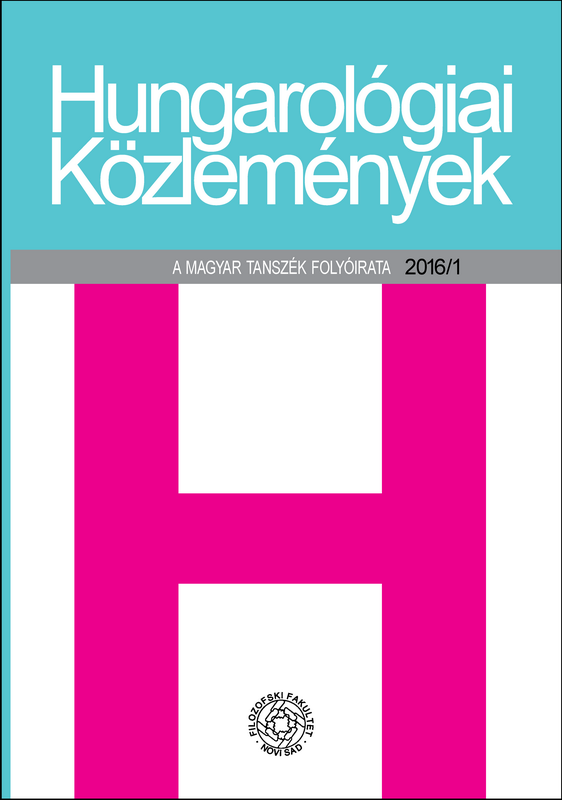Kognitív szemantika
Cognitive Semantics
Introduction and a case study of the verb
Author(s): Gábor Tolcsvai NagySubject(s): Semantics, Cognitive linguistics
Published by: Филозофски факултет, Универзитет у Новом Саду
Keywords: aspect; cognition; meaning; temporality; verb
Summary/Abstract: The first part of the presentation gives an overview of cognitive semantics. Language is the unity of system and usage, and the knowledge on this unity is closely related to knowledge about the world. Cognition is based on direct experience, the mind singles out the important elements of perception, and processes and arranges them in schemas. Concepts are processed from schemas; when concepts are connected in a symbolic relation to phonological structures, they function as meanings. The second part of the presentation gives a draft of the semantic structure of the verb, concentrating on the general and specific Hungarian features. The verb expresses a temporal process, consisting of the sequence of components states based on present points. Part of this semantic structure is inherent temporality, the event structure and the schematic figures. A specific feature of the Hungarian verb and clause is aspect. The bare Hungarian verbs are imperfective as a default; verbal prefixes change their nature into perfective, imposing a starting or end point upon the imperfective, unbounded semantic structures. These structures are further modified by tense, the grammatical object and adverbials.
Journal: Hungarológiai Közlemények
- Issue Year: 17/2016
- Issue No: 1
- Page Range: 34-47
- Page Count: 14
- Language: Hungarian

